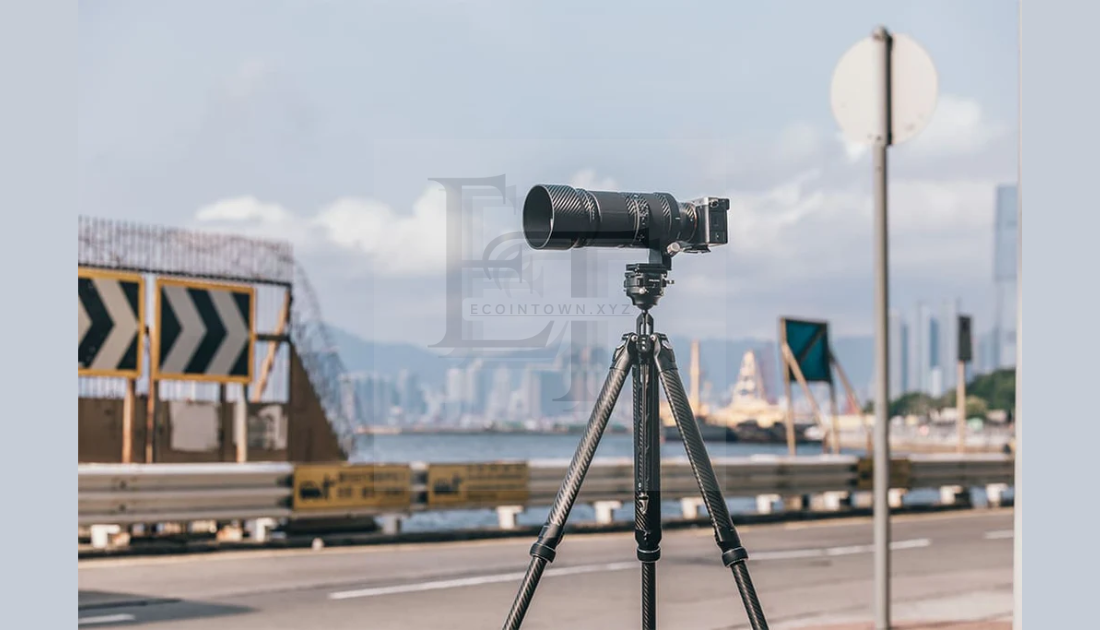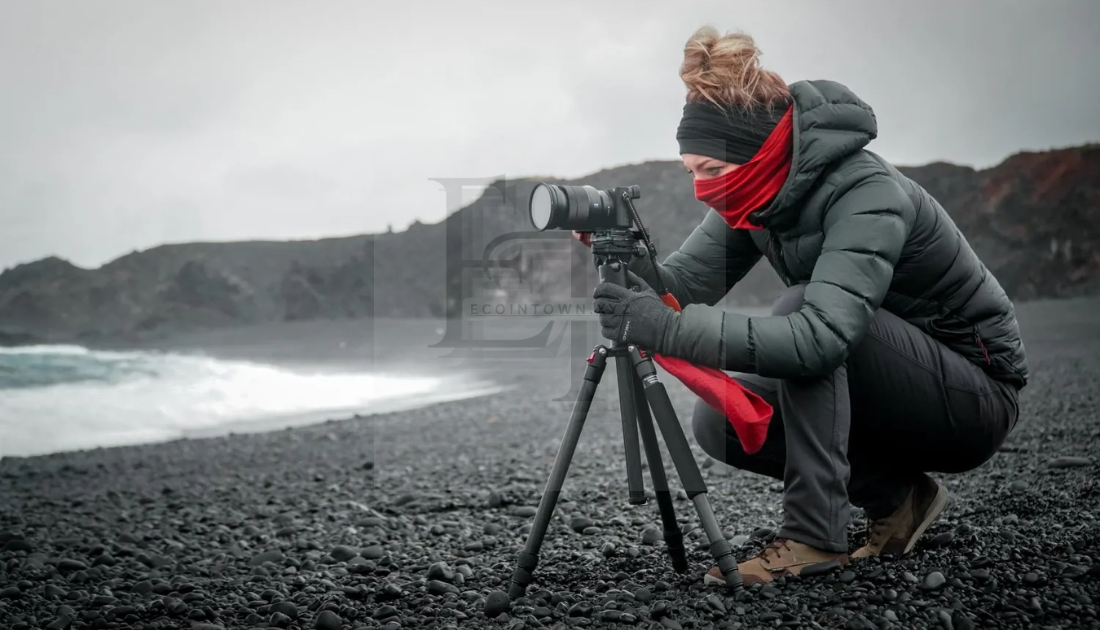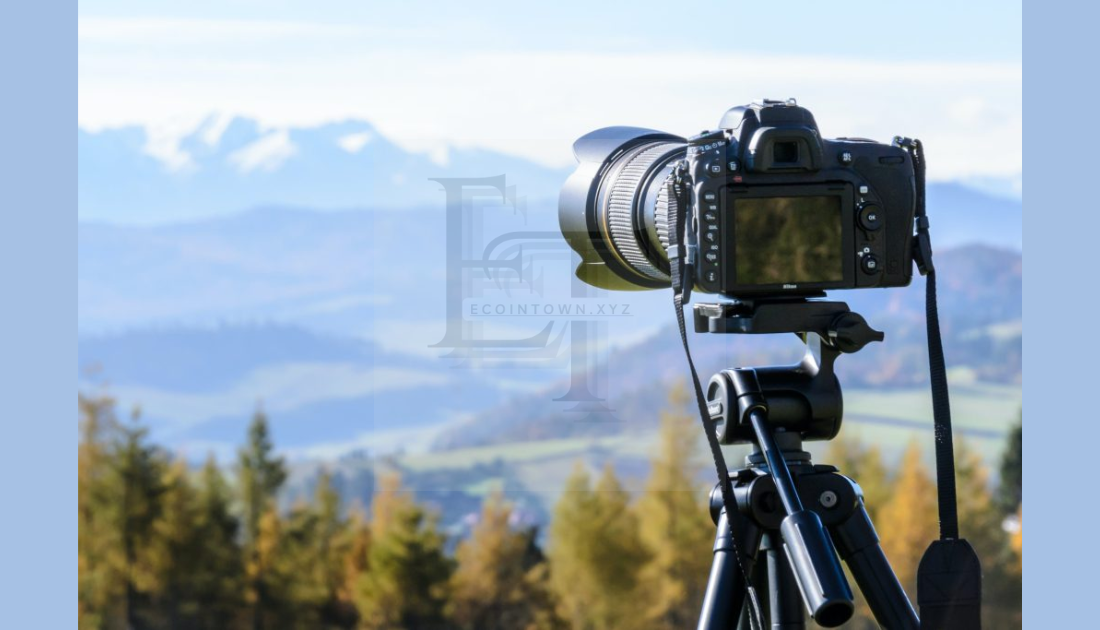Photographers know that stability is key to capturing sharp and professional-looking images. One accessory that ensures this stability is a tripod. A tripod for cameras is essential whether you are a hobbyist, an aspiring creator, or a seasoned professional. In this guide, we will explore the importance of tripods, their types, and tips on choosing the perfect one for your needs.
Why You Need a Tripod for Cameras
A tripod does much more than hold your camera steady. It opens up opportunities for creativity and enables you to experiment with new photography techniques. If you want to shoot long-exposure photos, take steady videos, or create time-lapse sequences, a tripod is indispensable.
- Enhanced Stability
Camera shakes can ruin your photos, especially in low-light situations or when using slow shutter speeds. A tripod ensures your camera remains still, resulting in crisp and clear images. - Improved Composition
With a tripod, you can carefully compose your shots. It allows you to take your time, adjust angles, and frame your subject with precision. - Versatile Usage
Tripods are not just for photography. They are equally useful for videography, live streaming, and even content creation, making them a versatile addition to your gear.
Types of Tripods for Cameras
When choosing a tripod, you will find various types designed to cater to different needs. Each type offers unique features and benefits, so understanding them helps you make an informed decision.
- Travel Tripods
Travel tripods are lightweight, compact, and portable, making them ideal for photographers on the go. They often fold down small enough to fit in a backpack but still provide excellent stability. - Studio Tripods
Studio tripods are larger and more robust, designed for use in controlled environments. They offer greater height and stability, making them perfect for portrait or product photography. - Tabletop Tripods
These mini tripods are great for vlogging, macro photography, or shooting from low angles. Their small size makes them convenient for tabletop setups and compact cameras. - Monopods
While not traditional tripods, monopods are a single-leg support system that offers stability and portability. They are ideal for sports or wildlife photography, where quick movement is essential. - Flexible Tripods
Flexible tripods have bendable legs that can wrap around objects or adapt to uneven surfaces. They are a great choice for creative angles and unique perspectives.
Features to Consider When Choosing a Tripod
Selecting the right tripod involves more than just picking the first one you find. Several factors determine whether a tripod will suit your needs.
- Material
Tripods are typically made of aluminum or carbon fiber. Aluminum tripods are affordable and durable, while carbon fiber models are lighter and better at reducing vibrations, although they can be more expensive. - Weight Capacity
Ensure the tripod can support your camera’s weight, including additional gear such as lenses and external flashes. Overloading a tripod may compromise its stability. - Height Range
Consider both the maximum and minimum height of the tripod. A higher maximum height is useful for shooting at eye level, while a low minimum height is essential for macro photography. - Leg Locks
Tripods use twist locks or lever locks to secure the legs. Twist locks are sleek and quick to operate, while lever locks provide a more secure hold and are easier to adjust. - Head Type
The tripod head determines how you position your camera. Ball heads are versatile and allow quick adjustments, while pan-and-tilt heads are better for precise framing.


Tripod for Cameras: Essential Accessories
While a tripod is valuable on its own, additional accessories can enhance its functionality. These accessories provide convenience and improve your photography experience.
- Quick Release Plates
Quick release plates let you attach and detach your camera from the tripod quickly, saving time during shoots. - Tripod Bags
A dedicated bag protects your tripod during transport and makes carrying it more comfortable. - Weight Hooks
Many tripods include a hook on the center column to hang a weight. This adds extra stability, especially in windy conditions. - Extension Arms
Extension arms allow you to position your camera at creative angles, such as directly overhead for flat-lay shots. - Leveling Bases
Leveling bases ensure your tripod is perfectly balanced, which is crucial for panoramic shots or video panning.
Tips for Using a Tripod Effectively
Even the best tripod will not deliver optimal results without proper usage. Follow these tips to get the most out of your tripod.
- Set Up on Stable Ground
Place your tripod on a stable, flat surface whenever possible. Avoid placing it on uneven or slippery ground unless your tripod is designed for such conditions. - Extend the Legs Wisely
Extend the thicker sections of the legs first for maximum stability. Keep the center column down unless extra height is necessary. - Use a Remote Shutter Release
To eliminate any chance of camera shake, use a remote shutter release or your camera’s timer function. - Secure the Camera Properly
Ensure your camera is tightly secured to the tripod head to avoid accidental slips or tilts during use. - Experiment with Angles
A tripod allows you to explore unique angles and compositions. Use its adjustable features to experiment with perspectives you might not achieve handheld.
Best Scenarios to Use a Tripod for Cameras
A tripod can elevate your photography in various scenarios. Here are some situations where a tripod proves invaluable.
- Low-Light Photography
Shooting in low light often requires slower shutter speeds. A tripod ensures your camera remains still, resulting in sharp images. - Long-Exposure Shots
For capturing light trails, starry skies, or flowing water, a tripod is essential for keeping the camera stable during long exposures. - Portrait Photography
A tripod allows you to focus on interacting with your subject while ensuring the camera remains perfectly positioned. - Video Recording
Smooth and steady footage requires a tripod, especially for panning or fixed-frame shots. - Macro Photography
Close-up shots of small objects demand precision. A tripod helps achieve this level of accuracy by eliminating hand movement.
Maintaining Your Tripod for Longevity
Proper care ensures your tripod remains functional for years. Follow these maintenance tips to keep your tripod in excellent condition.
- Clean After Outdoor Use
Sand, dirt, and moisture can damage your tripod’s components. Wipe it down after each outdoor shoot. - Check the Locks
Ensure the leg locks and head mechanisms remain tight and functional. Loose locks can compromise stability. - Store in a Dry Place
Moisture can cause rust or damage to metal components. Always store your tripod in a dry, safe location. - Lubricate Moving Parts
Use a silicone-based lubricant on the tripod’s moving parts to keep them smooth and functional.
Conclusion: The Value of a Tripod for Cameras
A tripod for cameras is more than just a photography accessory; it is a tool that transforms the way you shoot. By investing in a high-quality tripod and learning to use it effectively, you can elevate your photography to new heights. Whether you are capturing breathtaking landscapes, intricate macros, or dynamic videos, a tripod is your steady companion.
With a wide range of options available, finding the right tripod is easier than ever. Explore the features that matter most to you, and start creating stunning, stable shots that showcase your skills and creativity.
